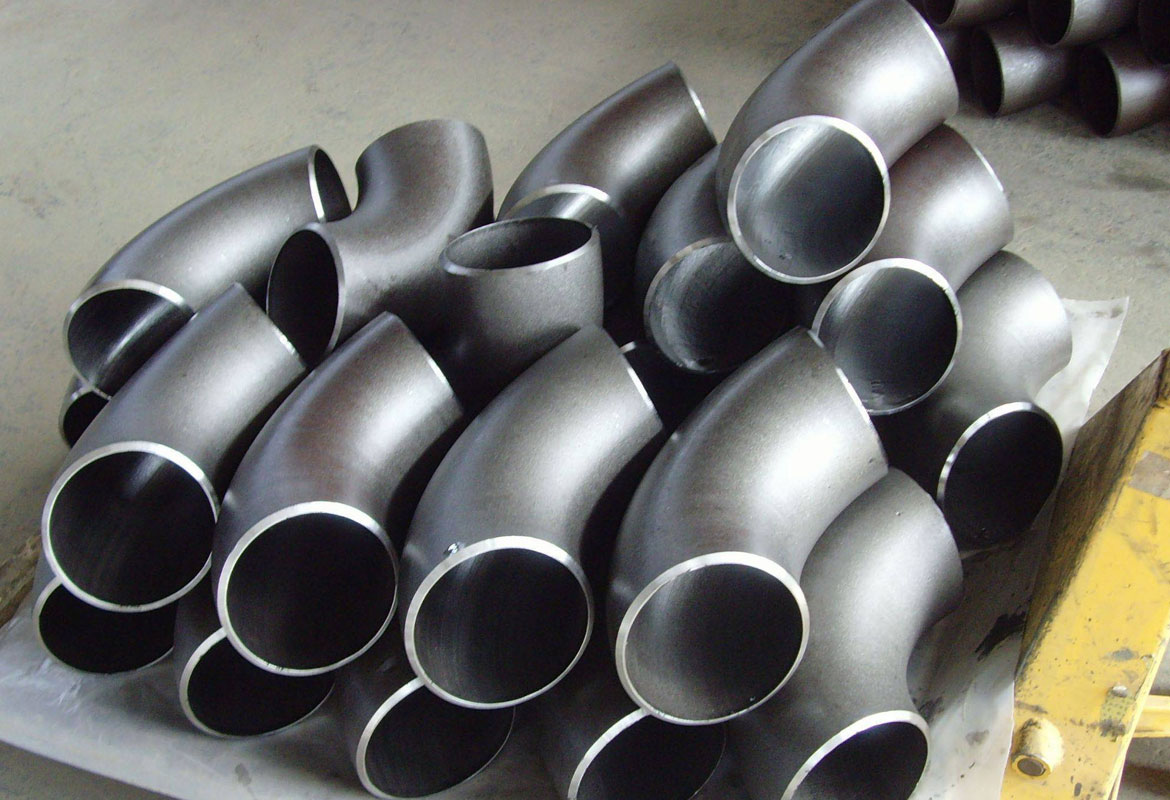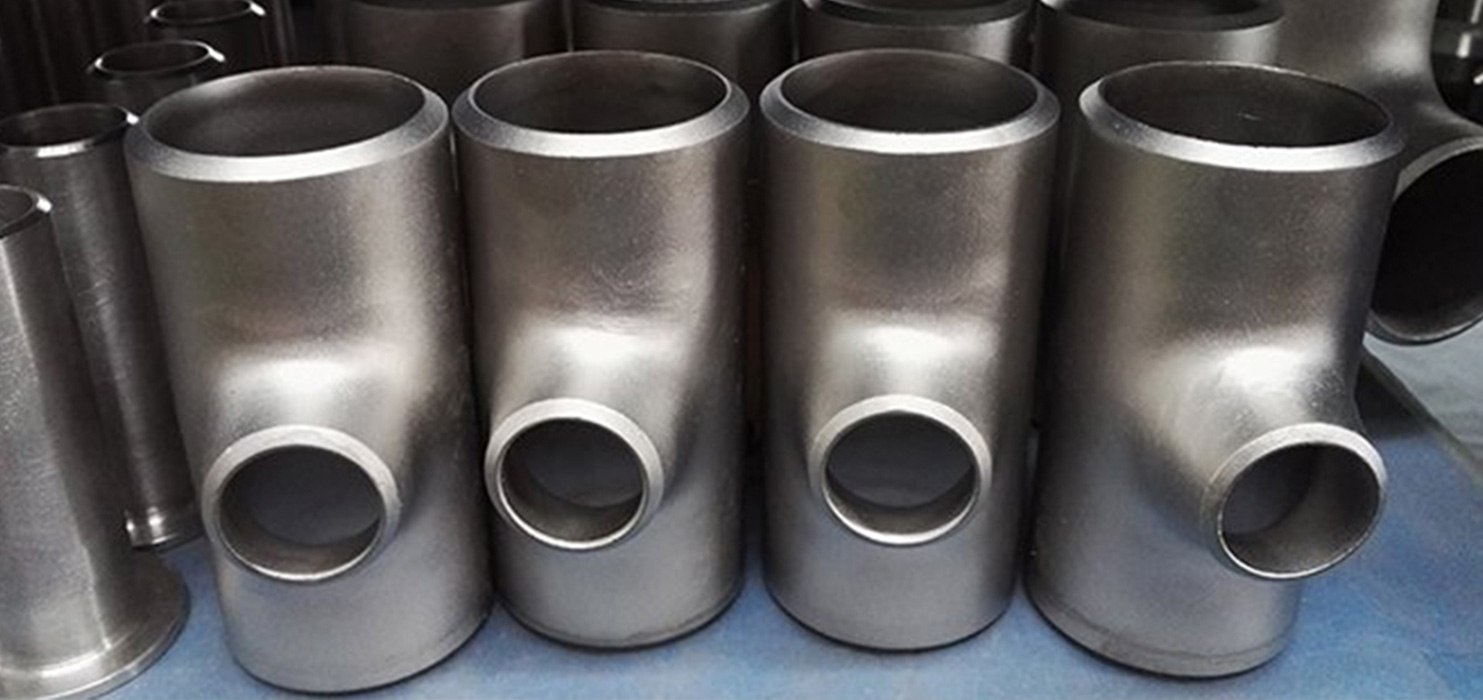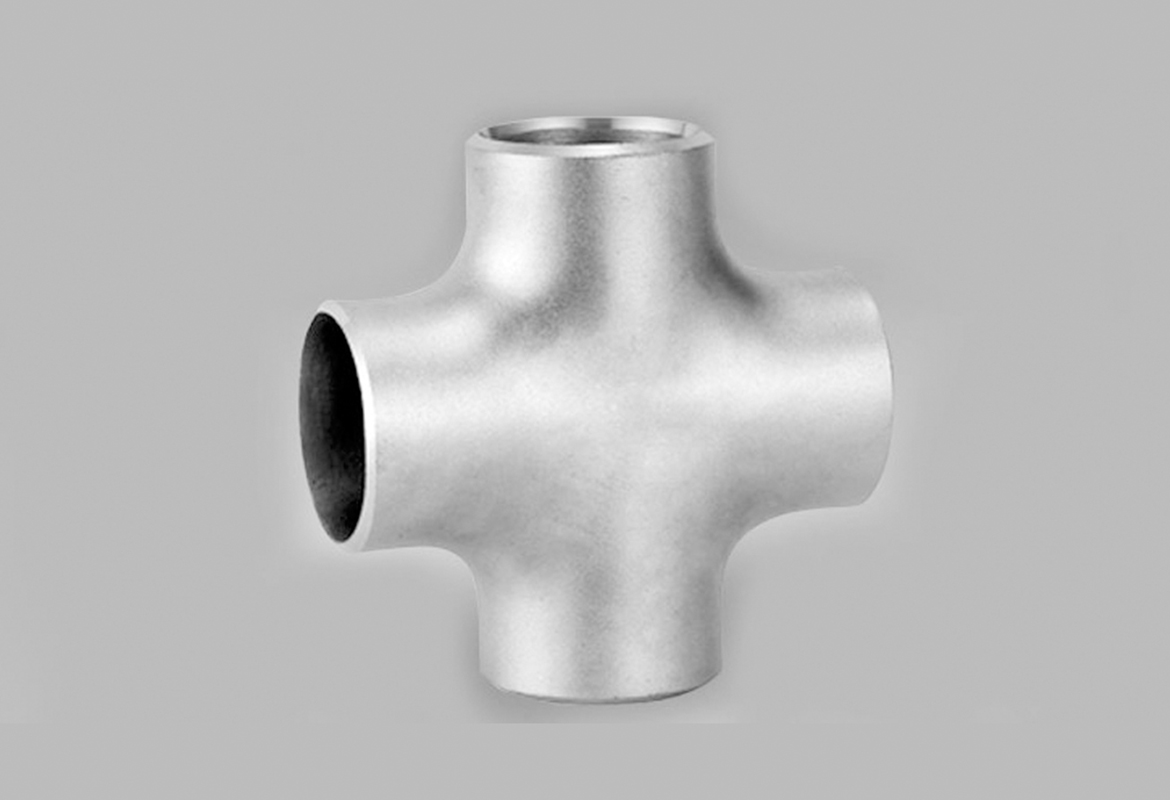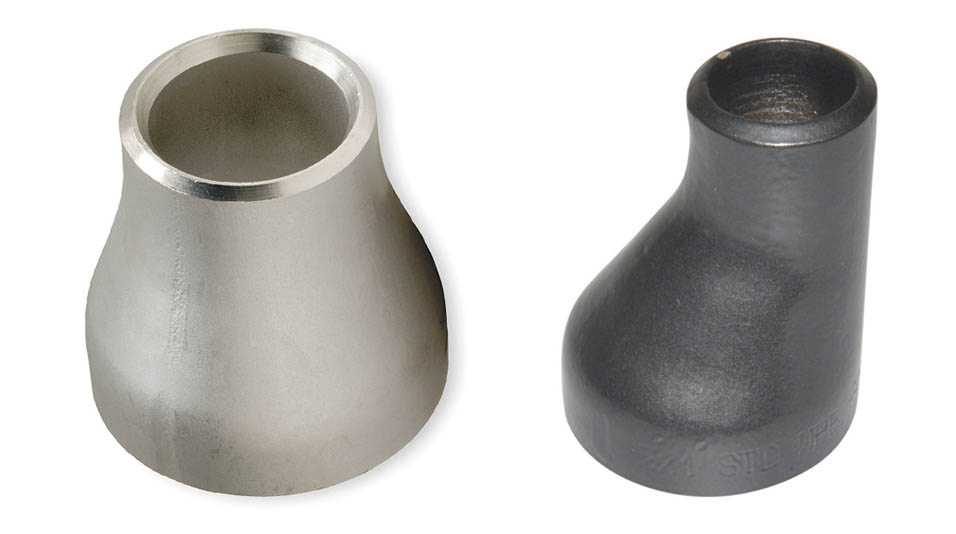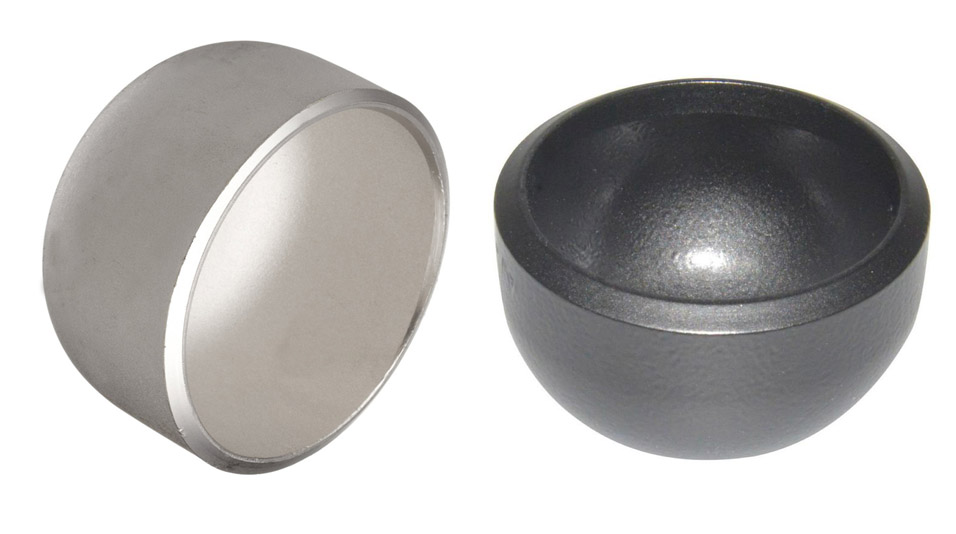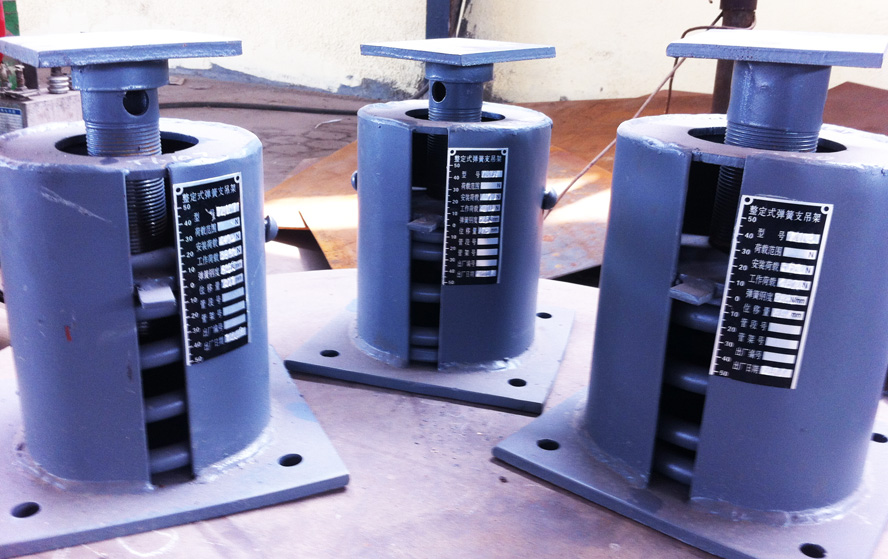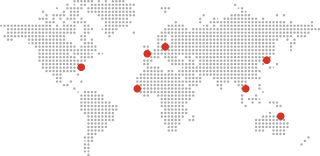Coude de tuyau : acier au carbone, acier allié et acier inoxydable
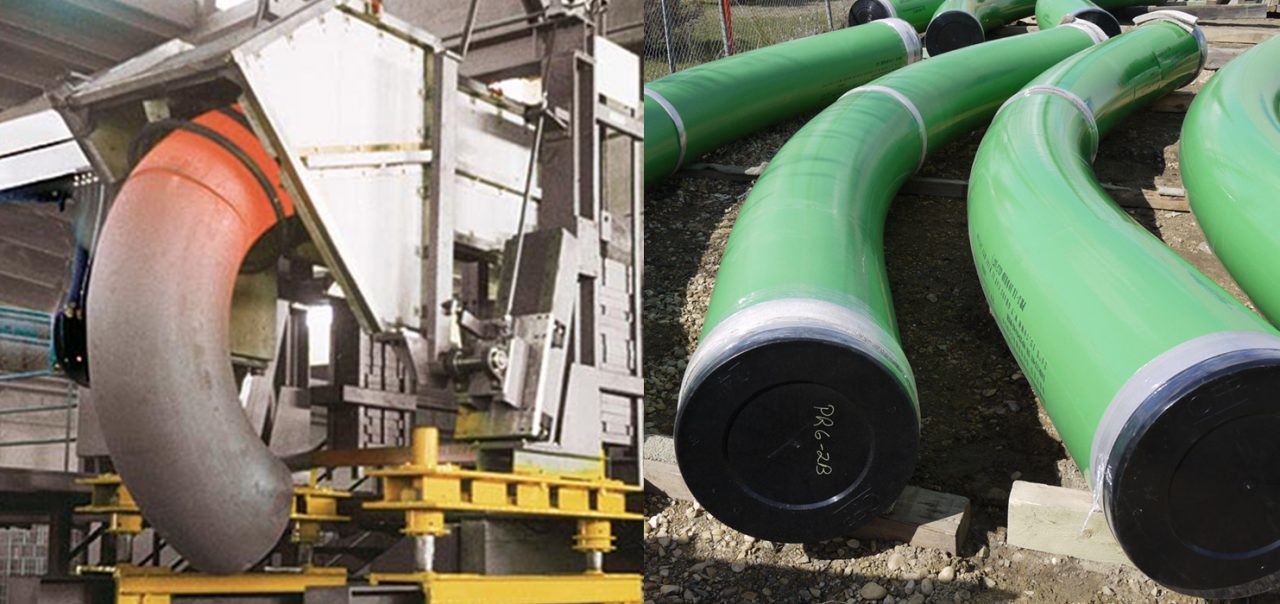
Le coude en acier est une pièce de raccordement courante dans le système de canalisations. Il est utilisé pour relier deux tuyaux de sens de rotation d'alésage nominal identique ou différent en raison d'angles pertinents en fonction d'un rayon de courbure différent.. Un coude de tuyau en acier est utilisé dans presque toutes les machines. Notre société adopte des technologies de production avancées pour plier, timbre, formage par poussée, moulage par compression et usinage pour fabriquer le coude en acier.
Les coudes en acier sont principalement utilisés dans le secteur pétrolier, transport de gaz et de liquides et joue un rôle important dans les avions et les moteurs d'avion. En outre, ils sont largement utilisés en électricité, chimique, bâtiment des navires, système d'alimentation en chaleur, fabrication du papier, industries métallurgiques et autres.
Matières premières du coude en acier
Notre société fournit des coudes de tuyaux en acier au carbone, coude en acier allié, coude en acier inoxydable, coude en acier à basse température et coude pour tuyaux en acier haute performance. Des informations détaillées sont répertoriées ci-dessous.
Acier au carbone: ASTM/ASME A234 WPB、WPC
Acier allié: ASTM/ASME A234 WP 1-WP 12-WP 11-WP 22-WP 5-WP 91-WP 911
Acier inoxydable: ASTM/ASME A403WP 304-304L-304H-304LN-304N, ASTM/ASME A403WP 316-316L-316H-316LN-316N-316Ti, ASTM/ASME A403 WP 321-321H ASTM/ASME A403 WP 347-347H
Acier basse température: ASTM/ASME A402 WPL 3-WPL 6
Acier haute performance: ASTM/ASME A860 WPHY 42-46-52-60-65-70
Spécifications du coude en acier
| Type de courbure: | Type de courbure: Coude de tuyau, Coude de tuyau en acier, Courbure chaude, Courbure d'induction, Courbure à chaud par induction | ||
| Courbure sans couture | Courbure de couture droite | Coude de tuyau en spirale | |
| Diamètre extérieur | 1/2″~24″ | 4″~24″ | 8″ ~78″ |
| Épaisseur de paroi | 3 mm ~ 200 mm | ||
| Rayon de courbure | R = 2,5D/3D/4D/5D/6D/7D/8D/9D/10D/20D | ||
| Angle | 15/30/45/60/90/135/180 degré | ||
Normes disponibles pour le coude de tuyau
Notre entreprise propose des cintres en acier de différentes normes. Des informations détaillées sont répertoriées ci-dessous.
ASME B16.49-2007
ASME B16.25-2007
Et/T5257-2004
DL/T515-2004 GD2000 GD87-1101
En tant que fabricant et fournisseur expérimenté de coudes en acier pour raccords de tuyauterie en Chine, nous proposons une grande variété de produits, y compris tuyau à bride, Té en acier de raccords de tuyauterie, tuyau en acier, et bride de tuyau en acier, etc..
Fabrication de coudes à induction
Les coudes par induction sont formés en usine en faisant passer une longueur de tuyau droit dans une machine à cintrer par induction.. Cette machine utilise une bobine d'induction pour chauffer une bande étroite du matériau du tuyau. L'extrémité avant du tuyau est fixée à un bras pivotant.
Lorsque le tuyau est poussé à travers la machine, un virage avec le rayon de courbure souhaité est réalisé. Le matériau chauffé juste au-delà de la bobine d'induction est trempé avec un jet d'eau pulvérisé sur la surface extérieure du tuyau.. La dilatation thermique de la section étroite chauffée du tuyau est limitée grâce au tuyau non chauffé de chaque côté., ce qui provoque un rétrécissement du diamètre lors du refroidissement.
Le processus de flexion par induction provoque également un épaississement de la paroi sur l'intrados et un amincissement sur l'extrados.. L'ampleur de l'épaississement/amincissement dépend de la température de pliage., la vitesse à laquelle le tuyau est poussé à travers la bobine d'induction, le placement de la bobine d'induction par rapport au tuyau (plus proche de l'intrados ou de l'extrados), et d'autres facteurs.
La plupart des coudes par induction sont fabriqués avec des extrémités tangentes (sections droites) qui ne sont pas affectés par le processus de pliage par induction. Des soudures sur site sont réalisées ou des sections de tuyaux sont fixées aux extrémités tangentes non affectées., permettant un ajustement similaire à celui trouvé lors du soudage de sections droites de tuyaux ensemble.
Les coudes à induction sont disponibles dans des angles de courbure standard (par exemple. 45°, 90°, etc.) ou peut être fabriqué sur mesure selon des angles de courbure spécifiques. Courbes composées (hors de l'avion) des coudes dans un seul joint de tuyau peuvent également être produits. Le rayon de courbure est spécifié en fonction du diamètre. Par exemple, les rayons de courbure courants pour les courbures par induction sont en 3D, 5D et 7D, où D est le diamètre nominal du tuyau.
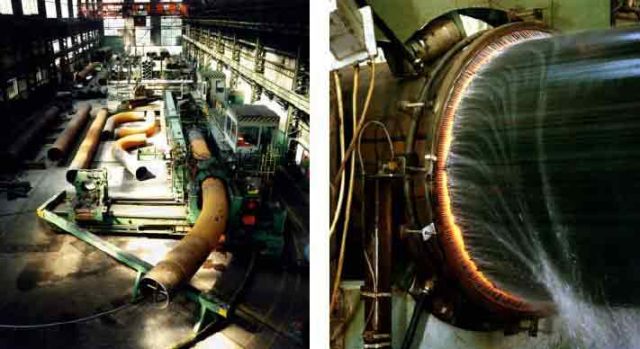
| Cintrage par induction de 48 tuyau de canalisation en pouces | Vue sur bobine d'induction et zone chauffée lors du pliage |
Qu'est-ce que le pliage par induction?
Le cintrage par induction est un moyen contrôlé de cintrage de tuyaux grâce à l'application d'un chauffage local utilisant une énergie électrique induite à haute fréquence..
Utilisé à l'origine pour les aciers à trempe superficielle, La technologie d'induction, lorsqu'elle est utilisée dans le cintrage de tubes, consiste essentiellement en une bobine d'induction placée autour du tube à cintrer.. La bobine d'induction chauffe un étroit, section circonférentielle du tuyau à une température comprise entre 850 et 1100 °rees Celsius (en fonction du matériau à former). Lorsque la plage de température de pliage correcte est atteinte, le tuyau est déplacé lentement à travers la bobine d'induction tandis que la force de flexion est appliquée par un agencement de bras à rayon fixe.

